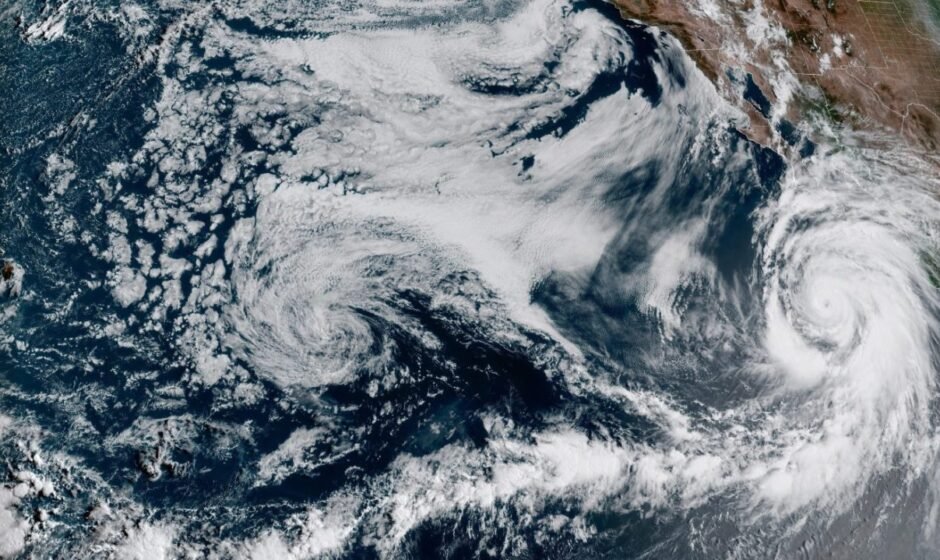A new research study suggests that a sixth category should be added to the Saffir Simpson hurricane wind scale to account for the increasing intensity of storms caused by climate change. The study, published in the Proceedings of the National Academy of Sciences, argues that the current scale is inadequate in reflecting the true intensity of hurricanes as global warming continues.
The authors of the study, Michael F. Wehner and James P. Kossin, propose a Category 6 designation for storms with winds exceeding 192 miles per hour. Currently, storms with winds of 157 mph or higher are ranked as Category 5. The study argues that the open-ended approach of the current scale fails to adequately warn people of the dangers posed by higher wind speeds.
According to the authors, the open-ended nature of the current scale may lead people to underestimate the risks associated with hurricanes, which will become increasingly problematic in a warming world. They state that several recent storms have already reached the hypothetical Category 6 intensity, and more are projected as the climate continues to warm.
Since 2013, five storms in the Pacific have reached wind speeds of 192 mph or higher. The study suggests that as warming conditions persist, even stronger storms can be expected. Climate scientist Michael F. Wehner notes that “climate change is making the worst storms worse.”
However, some experts argue that another category is not necessary and could give people the wrong impression. They believe that the current scale, based on wind speed, fails to consider the deadliest element of hurricanes, which is water. University of Miami hurricane researcher Brian McNoldy explains that climate change is intensifying storms and increasing the proportion that qualify as major hurricanes, driven by warmer oceans.
While no Atlantic storm has yet reached the 192 mph threshold, the authors of the study suggest that the warming of the world will increase the likelihood of such storms in the future. Jamie Rhome, deputy director of the National Hurricane Center, emphasizes the importance of focusing on individual hazards, such as storm surge, wind, rainfall, tornadoes, and rip currents, rather than solely relying on the category of the storm.
In conclusion, the study proposes the addition of a Category 6 to the Saffir Simpson hurricane wind scale to better reflect the increasing intensity of storms caused by climate change. However, there are differing opinions on whether another category is necessary, with some experts emphasizing the need to focus on individual hazards rather than relying solely on wind speed.



